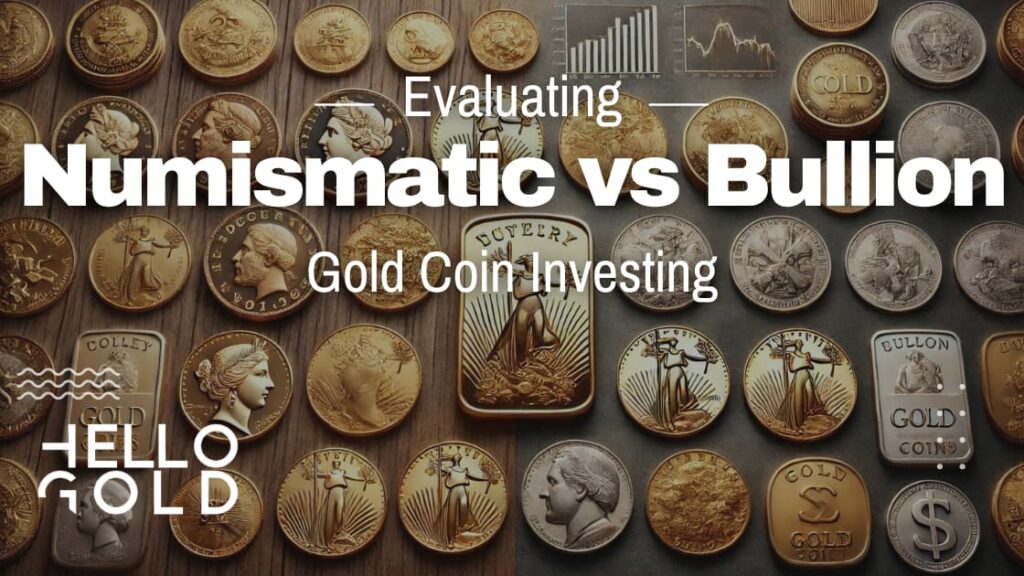Saving enough for retirement is critical to your financial security, and your 401(k) plan is likely your best tool to build wealth for the future.
With a 401(k), you can contribute automatically from each paycheck, lower your taxes now, and take advantage of free money from your employer’s matching contributions.
The power of tax-advantaged, compounded growth over time means your 401(k) balance can accumulate into hundreds of thousands of dollars—or more—to fund your retirement dreams.
But you must take action today to reap the benefits. Contribute at least enough to get any matching offered, then increase your rate by at least 1-2% each year until you reach 10-15% of your salary. Stay invested for the long run. And meet with a financial advisor to ensure you make the most of this valuable benefit.
Your retired self will thank you.
How 401(k) Plans Work
For retirement saving at work, a 401(k) plan may be your best option. These employer-sponsored accounts allow you to contribute pre-tax dollars from your paycheck to save for retirement. Many employers provide matching contributions to help boost your savings.
With a 401(k) plan, you specify a percentage of your salary to contribute from each paycheck. This lowers your taxable income for the year while allowing your money to grow tax-deferred until withdrawal. At retirement, withdrawals are taxed as ordinary income.
The Benefits of 401(k) Plans
Two key benefits of 401(k) plans are employer matches and tax advantages. If your employer provides matching contributions, take full advantage of them. It’s free money that can significantly enhance your retirement savings. And contributing pre-tax lowers your taxable income now for tax savings, while your money grows tax-free for the future.
401(k) plans offer several benefits for retirement saving:
- Tax advantages: Contributions lower your taxable income now. Money grows tax deferred for potentially decades.
- Employer matching: Plans frequently match 50 to 100% of your contributions up to a cap like 3 to 6% of your salary. This is free money that can significantly boost your retirement savings over time through the power of compounding.
- Higher contribution limits: For 2023, you can contribute up to $22,500 per year to a 401(k) plan ($30,000 if over 50). This is more than allowed for IRAs.
- Automatic enrollment: Many plans now automatically enroll you so you have to opt out of contributing. This feature has greatly increased employee participation and long term saving.
- Loans permitted: You may be able to borrow a portion of your vested balance, paying it back with interest. Taxes and penalties apply if you default on the loan.
- Hardship withdrawals: Some plans allow you to withdraw money in case of financial hardship. Taxes and penalties usually apply.
Traditional 401(k) vs. Roth 401(k)
Traditional 401(k)s provide pre-tax contributions and tax-deferred growth, with taxes due on withdrawals in retirement. Roth 401(k)s use after-tax dollars, so qualified withdrawals are tax-free. The choice depends on your tax bracket now and expected in retirement. Often, a blend of both is optimal.
Contribution Limits and Automatic Enrollment
Many plans now automatically enroll you at 3 to 6% of pay, increasing 1% each year up to 10 to 15% unless you opt out or change your rate. This “set it and forget it” approach has boosted employee participation and long term saving. You can opt out or adjust your rate and options at any time, but take advantage of it if offered to get the most from employer matches.
Handling Your 401(k) When Changing Jobs
When leaving an employer, you have options for your 401(k) funds. Withdraw the money and face taxes and potential penalties. Leave it in the old plan. Roll it into your new employer’s plan if allowed. Or roll it into an IRA, allowing more investment freedom and possibly lower fees. Consult a financial professional to determine the best choice based on your unique situation.
Traditional vs. Roth 401(k)
A 401(k) plan allows you to save for retirement directly from your paycheck with tax advantages. You must choose between a traditional 401(k) and a Roth 401(k). With a traditional 401(k), you contribute pre-tax dollars, reducing your taxable income for the year. Money grows tax-deferred and withdraws in retirement taxed as income. A Roth 401(k) uses after-tax dollars, so qualified withdrawals are tax-free.
Deciding between traditional and Roth depends on your tax situation now versus in retirement. If you expect higher taxes in retirement or want to leave an inheritance, a Roth 401(k) may be better. Your money can potentially grow tax-free for life and be withdrawn tax-free. However, if your income is higher now than anticipated in retirement, a traditional 401(k) provides an immediate tax benefit. You get a tax deduction on contributions, allowing more money to remain invested compared to a taxable account.
Both 401(k) options allow matching contributions from employers and the same high contribution limits. For 2023, you can contribute $22,500 or $30,000 if age 50 or older. There are no income limits to consider. However, employer matches are taxable for Roth accounts. With traditional, matching contributions and earnings remain tax-deferred until withdrawal.
Required minimum distributions begin at age 73 for traditional 401(k)s to avoid penalties but are not required for Roth accounts. You must begin withdrawing money at this age from a traditional 401(k) regardless of whether or not you need the funds. A Roth 401(k) provides more flexibility if you don’t need distributions.
For the most tax benefits, contribute at least enough to get your full employer match, then fund a Roth IRA before contributing more to your 401(k). A mix of traditional and Roth also provides tax diversification since future tax rates are uncertain. But choose primarily either traditional or Roth based on your needs and goals. Take advantage of catch-up contributions at age 50 and plans allowing after-tax contributions beyond limits for greater tax-free saving potential.
Investment Options
401(k) plans provide a wide range of investment options to choose from based on your goals and risk tolerance:
- Target date funds: Select a fund matching your projected retirement year. It invests aggressively early on, becoming more conservative over time. Simple but fees can be high.
- Index funds: Track the stock market, generating returns at low cost. Provide broad market exposure, good for those with a long time to invest.
- Stock funds: Focus on equity investments, aiming for higher returns. More volatility but potential for strong gains over time.
- Bond funds: Hold debt investments, providing income with modest and stable returns. Balance risk in a portfolio.
- Guaranteed options: Fixed and variable annuities provide principal protection or guaranteed income. Fees are typically highest of all options.
- Self-directed brokerage: For experienced investors, choose your own stocks, bonds, ETFs, and mutual funds. Offers most flexibility but requires hands-on management and incurs trading fees.
Working with Financial and Tax Professionals
Managing your 401(k) and overall retirement strategy requires understanding complex rules and options. Partnering with financial and tax professionals helps ensure you make the most of your 401(k), select suitable investments, and achieve your long-term goals. Let the experts guide you to a secure retirement.
Wrapping Up
You know by now how valuable your 401(k) can be for retirement. But knowledge alone doesn’t build wealth. You must take action today to maximize this financial opportunity.
Contribute at least enough to get any matching offered by your employer. Then increase your rate every year until saving 10-15% of your pay. Open a Roth IRA too and fund it fully if possible. Stay invested for the long run through all markets ups and downs. Meet with a financial advisor to craft a personalized retirement plan using tax-advantaged accounts and sound investment strategies tailored to your needs.
Your older self will look back in gratitude at the gift of financial freedom and stability you provided. But that gift requires your deliberate action and discipline today. Seize control of your financial future through your 401(k) and other retirement accounts. Let the power of tax-advantaged, compounded growth over time turn your steady contributions into a nest egg that provides income for life.
The choice is yours. Take action now or regret the opportunity lost forever. Your 401(k) holds the promise of a comfortable retirement. Make that promise a reality.











